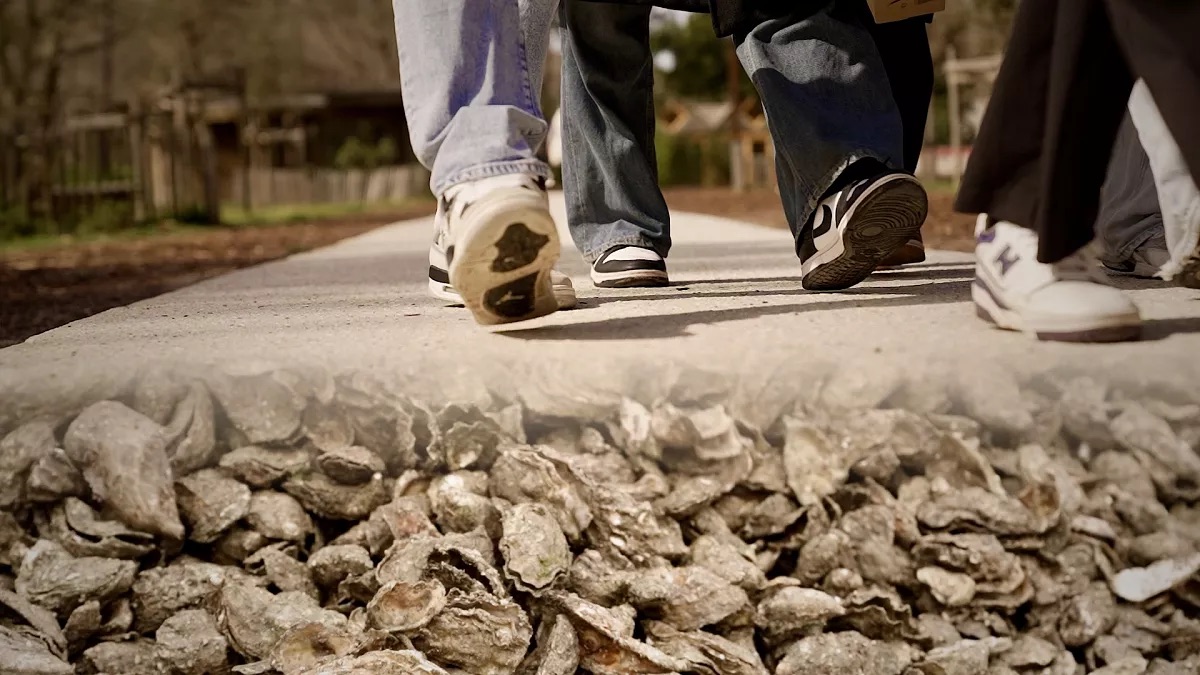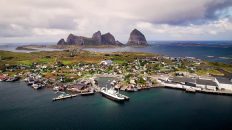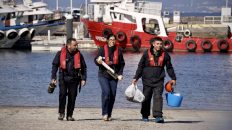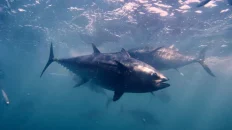From France’s Atlantic coast to the Spanish Mediterranean, marine industries are finding new ways to turn their waste into treasure.
In Arcachon Bay, oyster farming has been practised for centuries, producing some of the world’s finest shellfish. But the industry faces a significant challenge – most oysters die before being harvested, as oyster farmer Benjamin Legeron explains: “From the batch of oysters I sorted yesterday, I had 50% mortality, which is already considerable. But some of my colleagues face 80–90% losses, which is truly enormous.”
This mortality creates thousands of tonnes of shell waste annually. Rather than treating them as rubbish, the regional shellfish committee collects and repurposes them.
“We’re looking for new outlets to continually increase the product’s added value,” says Matthieu Cabaussel, Director of the Arcachon Aquitaine Regional Committee of Shellfish Farming. “We’re also trying to develop innovative projects with increasingly local supply chains when possible, with real reuse locally.”
One groundbreaking application comes from Professor David Grégoire’s team at the University of Pau and the Pays de l’Adour. They have developed eco-friendly concrete made from crushed seashells instead of traditional sand and gravel, combined with clinker-free cement that has 75% lower CO₂ emissions than conventional construction cements.
“They are naturally fibrous,” Professor Grégoire explains. “While conventional concrete, when compressed, will shatter, here we’ll have concrete that breaks gradually and maintains its shape after rupture. Another significant advantage is that the concrete is quite aesthetic. When polished, you can see the shells, so you’re creating a material that represents something grown locally.”
Smashing seashells by the seashore
Visitors to Europe’s tallest sand dune, the Dune du Pilat, already walk on pathways made from this oyster-based concrete – sourced and produced within 20 kilometres of the site. The 100-metre walkway, which welcomes millions of tourists annually, serves as a perfect test site for the material’s durability under heavy foot traffic.
“We have a true circular economy approach by recycling waste produced in this region at this site, which also helps highlight this approach to the general public since the site is extremely popular with visitors,” says Professor Grégoire.
The team is now expanding their testing to more challenging environments. At the historic port of Socoa on France’s Atlantic coast, they’re experimenting with low-carbon mortar containing processed oyster shells to reinforce centuries-old stone harbour walls.
Developing a mix that is resilient enough to withstand the harsh coastal conditions is not a trivial task. “At high tide, the water level will be above me, so the material will be submerged in two or three hours. It must set during that time to withstand the next tide,” explains Professor Grégoire.
Even more promising applications are also in development. In the intertidal zone behind Socoa’s 17th-century fort, researchers have placed dozens of small concrete blocks made with oyster shells to study how marine life interacts with these materials.
“If there’s significant colonisation on these new bio-sourced concretes – the same or better than on natural substrate – then we can conclude that there might be an advantage to using this concrete. It’s like a mini outdoor laboratory!” says Elsa Pianelo, a biology student working on the project.
If successful, these materials could become the building blocks for artificial reefs, supporting marine biodiversity while helping protect coastlines from erosion and rising seas.
Net worth
Meanwhile, on Spain’s Mediterranean coast, old fishing nets are getting a second life through a project supported by European funding. In Gandía, the company Gravity Wave is partnering with local fishers to collect discarded nets that would otherwise end up in landfill or drift at sea.
“It’s a sector that has been heavily criticised, so whenever you approach them and explain the reasons, there’s always a willingness on their part to collaborate and be part of the solution,” says Ignacio Martí, Head of Resources and Public Affairs at Gravity Wave.
These durable marine plastics are sorted and transformed into solid sheets that are waterproof, sun-resistant and remarkably long-lasting. The finished products include designer office desks, street benches, and stadium seats.
“Customers are really wowed when they realise that the finish creates this connection to the sea directly through its colours, like this marine green or this blue that takes you straight to the sea,” explains María Haro, Supply Chain and Circular Economy Manager at Gravity Wave.
From oyster shells to fishing nets, by repurposing marine industry waste, European researchers are turning today’s rubbish into tomorrow’s building blocks.





